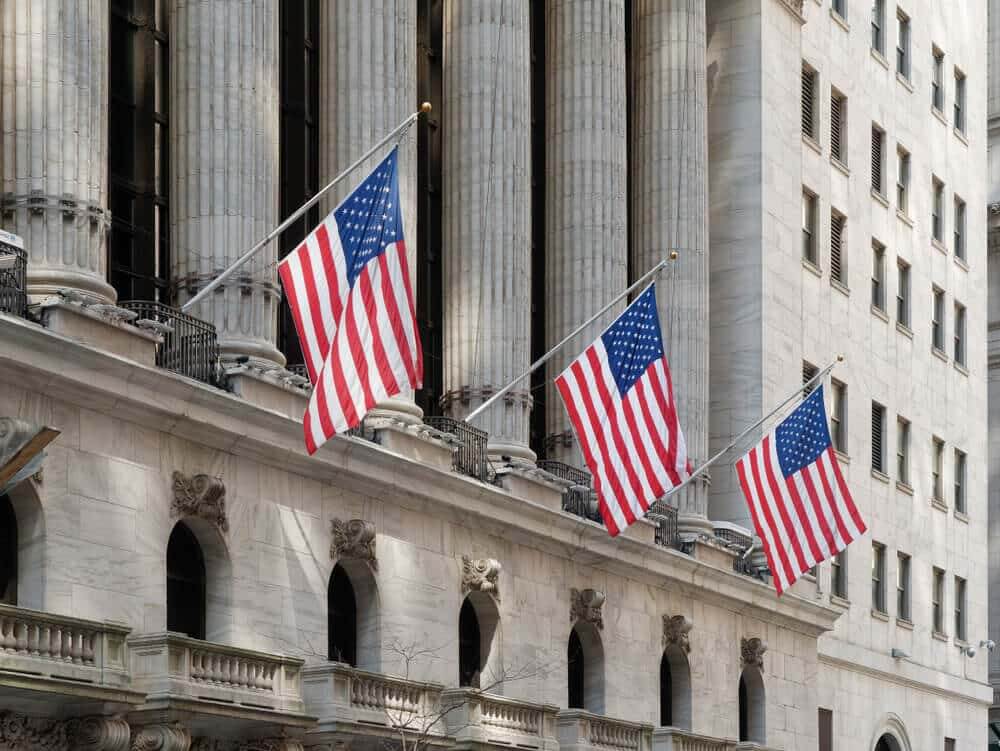
U.S. Growth’s Impact on World Stability
Quick Look
- U.S. growth boosts global economy: Key driver but brings high inflation risks
- “Golden path” challenge: The ideal of strong growth with low inflation remains elusive
- Fed’s monetary policy is pivotal: Debate over rate cuts versus hikes continues.
- Impact of U.S. policies on global recovery: Focus of IMF and World Bank meetings
As global leaders converge in Washington for the IMF and World Bank’s spring meetings, the spotlight is on the U.S. economy, whose robust growth trajectory has been a pivotal driver of global expansion. Recent performance suggests that the U.S. economy continues to outpace its potential, contributing positively to worldwide economic stability. However, this strength comes intertwined with risks from high inflation and stringent monetary policies that could threaten the delicate balance required for a smooth, global economic “soft landing.”
The Dichotomy of Growth: Sustainable Progress or Inflationary Pressures?
The crux of the discussions among financial leaders may revolve around the nature of U.S. economic growth. Is it fuelled by genuine improvements in labour supply and productivity, or is it being artificially propped up by significant fiscal deficits? These deficits could continue to inflate demand and, by extension, inflation, potentially derailing the progress made so far.
Chicago Federal Reserve President Austan Goolsbee refers to the ideal scenario as the “golden path”—a situation where robust growth coexists with falling inflation, benefiting the U.S. and other nations linked economically through trade and currency exchange. However, the recent stall in inflation reduction, with figures persistently hovering above the Fed’s two per cent target, poses a significant challenge. The economic indicators, including a higher-than-expected job growth rate and tepid progress on inflation expectations, suggest that the path to achieving this balance may be fraught with hurdles.
U.S. Monetary Policy: A Pivot or Continued Caution?
The ongoing debate about the Federal Reserve’s next moves is crucial. Initially, the Fed was poised to reduce interest rates. However, it now faces a dilemma due to stronger-than-anticipated demand in the U.S. This unexpected demand may keep inflation rates elevated. Consequently, the possibility of delaying rate cuts exists. Alternatively, in more drastic scenarios, rates might increase. Either action could introduce new dynamics into the already complex economic landscape.
This week’s meetings will likely address these issues. Specifically, discussions will focus on how the U.S.’s monetary policy trajectory will influence global economic recovery efforts post-pandemic. Meanwhile, the Congressional Budget Office has recently upgraded its outlook for the U.S. economy. This upgrade is based on increased immigration and labour productivity. Nevertheless, these factors alone may not suffice to counter inflationary pressures. Therefore, further tightening of financial conditions might be necessary.
The uncertainty surrounding the depth of the available economic “well” is a pressing concern. This depth refers to how much more the U.S. can grow without spurring inflation. Additionally, Karen Dynan, a Harvard University professor and senior fellow at the Peterson Institute for International Economics, highlights a cautious approach by the Federal Reserve. She suggests that the Fed is in a “watching-and-waiting mode,” which may result in only minimal adjustments to interest rates this year.
The U.S. economy’s strength is a boon to global growth. However, the potential repercussions of its inflation and monetary policies require careful navigation. Consequently, the outcomes of this week’s high-level economic discussions are crucial. These discussions will play a pivotal role in shaping global policymakers’ strategies. Their aim is to secure economic stability and enhance growth worldwide.




